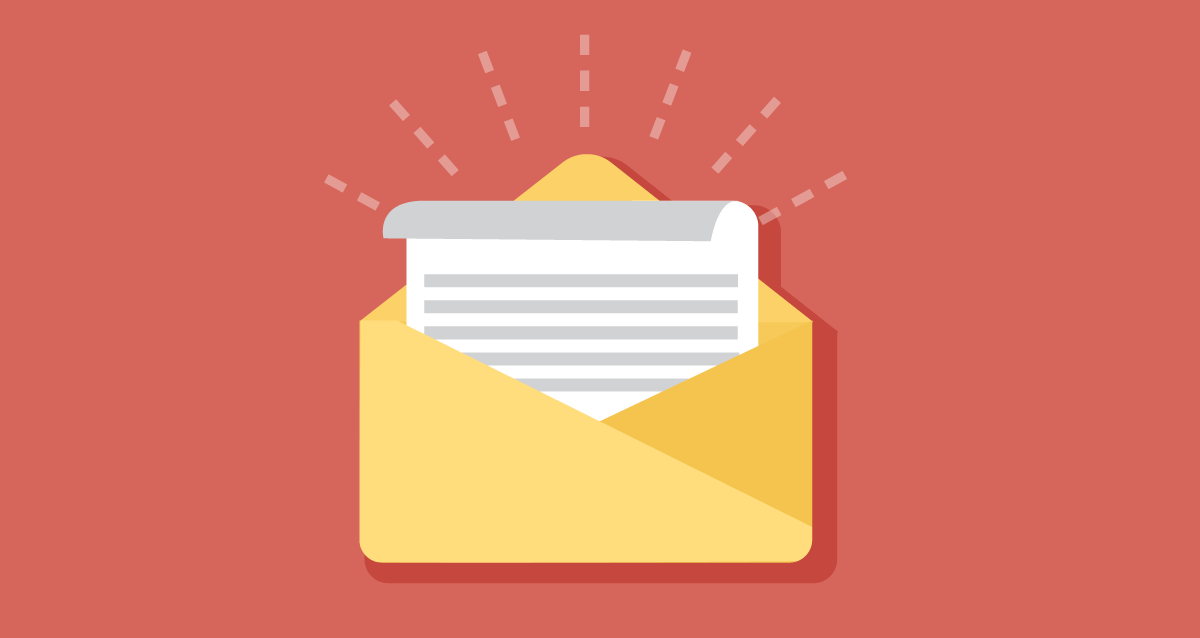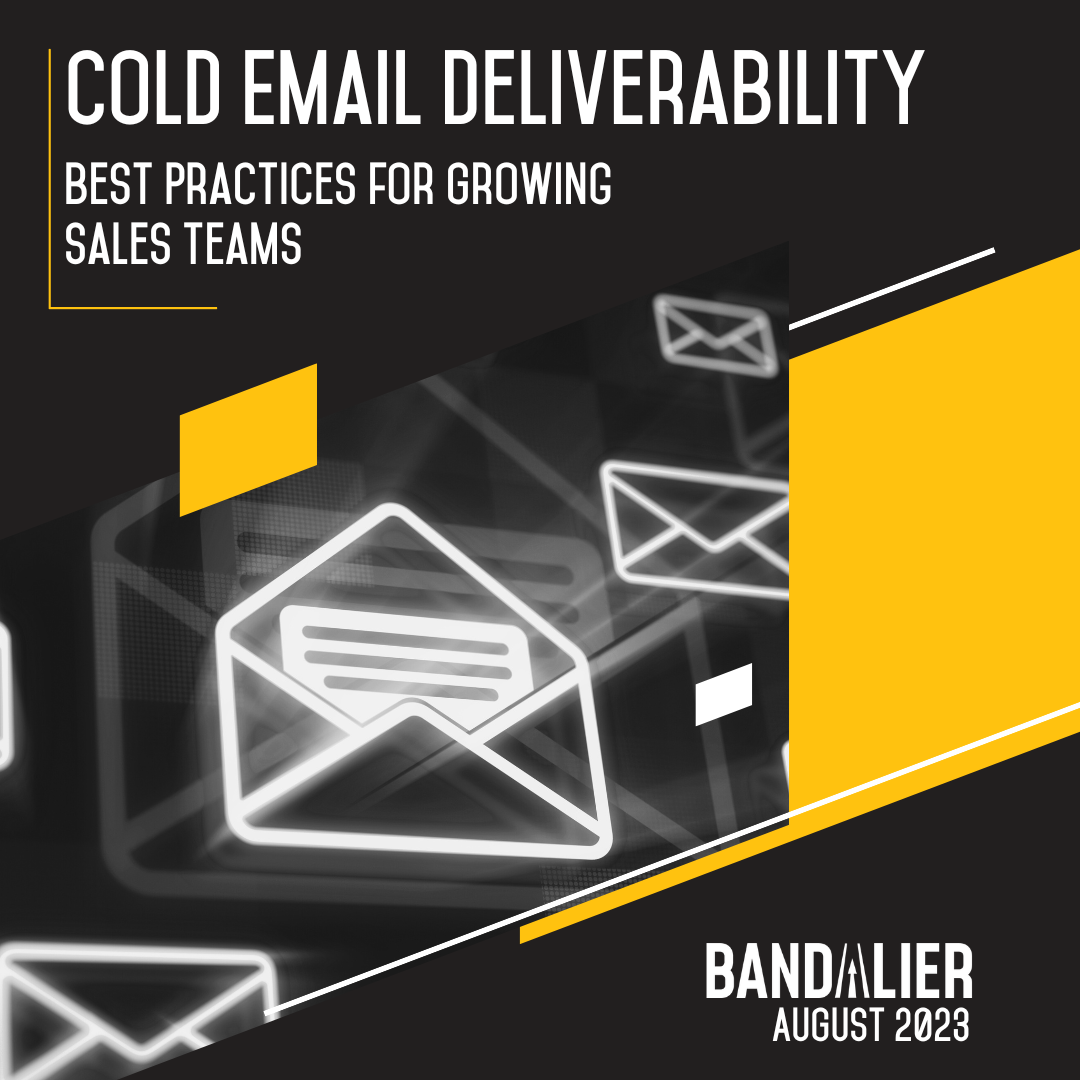Outbound e-mail is a critical part of our inside sales strategy, comprising nearly 50% of outbound activities (calls, e-mail, social media touches) across Bandalier’s outsourced inside sales teams. One core element of any outbound e-mail playbook is deliverability: that is, ensuring that e-mails to prospects actually land in their inbox.
Internet Service Providers (ISPs) spend a tremendous amount of time building algorithms that differentiate transactional e-mails (that is, e-mails you might send to friends or colleagues) from what they define as spam (unwanted e-mail that doesn’t belong in inboxes). So if you’re going to send out a lot of e-mails to prospects as part of a B2B inside sales effort, it’s worth taking the time to ensure that your e-mails get treated properly by recipient servers and don’t wind up in a spam folder. Open rates on sales and marketing e-mails vary from 10% to as high as 80% or more – that variance leads to some very different conversion funnels.
Bandalier routinely runs outbound e-mail campaigns on our own behalf that achieve 60%+ open rates, and clients often want to know how. Below are some of the methods we use.
1) Plain text, short and to the point. E-mails that look like marketing will get treated by recipient servers as promotions or spam. All of our outbound e-mails use a plain text approach that mirrors that kind of e-mail you might send to an acquaintance. Sending e-mails with pictures or marketing content built in may seem creative, but it is a surefire way to decrease open rates right off the bat.
2) Subject line optimization. We see variance of 10-20% in open rates based purely on the e-mail subject line used. One of our favorites for our own outreach is also the simplest: <<Prospect Company Name>> // Bandalier. But effective subject lines vary widely based on the personas, industries, and geographies you’re targeting, so it’s critical to continually test new subject lines and see what’s working best. There are tons of tools that can help you do this – here are a few to choose from.
3) Good prospect lists. Sending e-mails to old or incorrect e-mails will increase your ‘bounce rate’, which is one number recipient servers use to evaluate whether your e-mails are spam. Tools like Zerobounce can help you ensure the list you’re using is clean.
4) Using subdomains or alternative domains. It’s usually not a great idea to send very large volumes of outbound sales e-mails from a primary domain (for example, ‘bandalier.co’), because you run the risk of spoiling it both for future campaigns and even for your regular transactional e-mails (imagine having your regular correspondence with customers sent to spam, for instance). Subdomains and alternative domains are two mechanisms we use to improve deliverability on our outbound sales e-mails and mitigate any harm that might be done to our primary domain (bandalier.co). A sub-domain is something like sales.bandalier.co: it is connected to the primary domain, but includes an extra marker to differentiate it. The advantage of using subdomains is that they benefit from the reputation of their parent domains, but cannot impact them.
Here’s an example: let’s say we’ve been using bandalier.co for two years to send routine e-mails to clients and co-workers, and now want to launch a outbound sales campaign. By setting up a domain like sales.bandalier.co, we benefit from the e-mail reputation of our primary bandalier.co domain, but if folks start marking our new outbound sales e-mails as ‘spam’, we do not risk our transactional e-mails (that is, those routine e-mails we’ve been sending all along) also going to spam.
An alternative domain is something like bandaliersales.co that has no connection to our primary domain. The advantage of a domain like this is that if the primary domain is not performing well (maybe someone on your team sent a bunch of e-mails that bounced, or you’ve spoiled the domain through mass outreach in the past), you have the opportunity to start over with no further impact to the primary domain. However, if you go this route, it’s important to take some time to ‘warm up’ the domain.
5) Following other e-mail best practices. E-mail deliverability is a bit of a black box, but there are a few other widely accepted practices you can follow to maximize your ‘reputation’ to recipient servers. Increment your e-mail sending volume gradually – don’t go from sending 50 emails in one week to 1500 the next. Try to space your email sends (that is, don’t send 1500 outbound sales emails in the same minute on Friday afternoon). Finally, make sure your SPF and DKIM settings are properly established.














